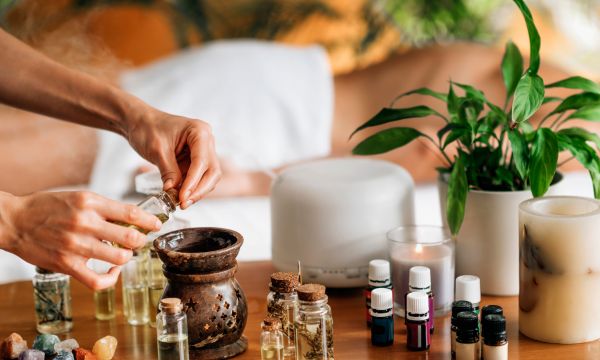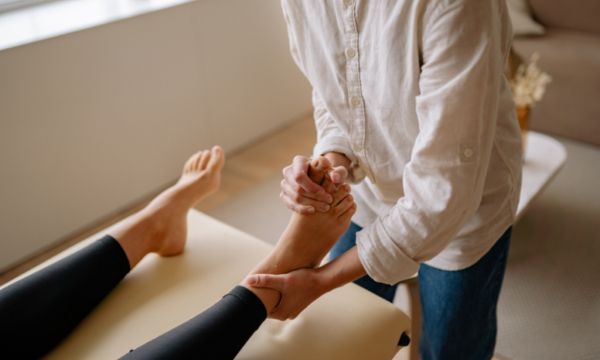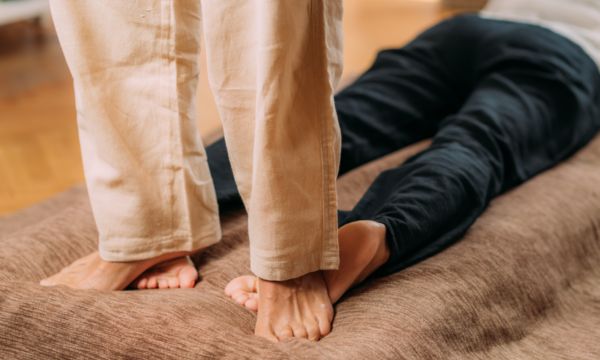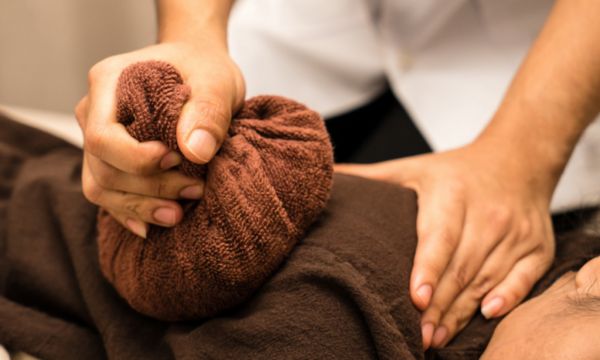Relaxing Massage: Techniques for Stress and Tension Relief
Relaxing massage is a crucial aspect of overall well-being. In today’s fast-paced world, stress and tension have become a common part of life.
Ad
This is where massage therapy comes in. Massage is a popular form of therapy that helps to alleviate stress, tension, and pain. It is an effective way to promote relaxation, reduce anxiety, and improve overall health.
One type of massage that is particularly effective in promoting relaxation is the deep tissue massage. This massage technique involves applying firm pressure to the deeper layers of muscles and connective tissues.
Ad
It is designed to relieve tension and pain, and improve range of motion. Deep tissue massage is an excellent choice for individuals who suffer from chronic pain or have sustained an injury.
It is also ideal for those who want to improve their overall health and well-being. In this article, we will explore the benefits of deep tissue massage and how it can help you to achieve a state of relaxation.
Ad
Understanding Relaxation and Massage
The Science of Stress Relief
Stress is a natural response to challenging situations, but when it becomes chronic, it can lead to physical and mental health problems. Relaxation techniques, such as massage, have been shown to reduce stress levels by triggering the body’s relaxation response.
The relaxation response is a state of deep relaxation in which the body’s muscles relax, breathing slows, blood pressure decreases, and heart rate slows.
Massage therapy can help reduce stress by promoting the release of endorphins, which are natural painkillers and mood elevators. Massage also decreases the levels of cortisol, a stress hormone, in the body. This leads to a decrease in anxiety, depression, and physical symptoms such as headaches and muscle tension.
Benefits of Deep Massage Techniques
Deep massage techniques are designed to target the deeper layers of muscle and connective tissue. This type of massage can be particularly effective in reducing chronic muscle tension and pain. Deep massage can also promote relaxation and improve sleep quality.
In addition to reducing stress and tension, deep massage techniques have been shown to have a range of other health benefits. These include:
- Improved circulation: Massage can increase blood flow to the muscles, which can help to reduce inflammation and promote healing.
- Improved range of motion: Massage can help to loosen tight muscles and improve flexibility.
- Improved immune function: Massage can increase the activity of white blood cells, which are responsible for fighting off infections and diseases.
- Improved digestion: Massage can stimulate the digestive system and help to relieve constipation and other digestive issues.
Overall, massage therapy is a safe and effective way to reduce stress and tension, and improve overall health and well-being. By understanding the science behind relaxation and massage, individuals can make informed decisions about incorporating massage into their self-care routine.
Preparing for a Relaxing Massage
Before getting a relaxing massage, it’s important to prepare your mind and body for the experience. This will help you get the most out of your massage and leave you feeling relaxed and rejuvenated. Here are some tips for preparing for a relaxing massage.
Creating a Soothing Environment
Creating a soothing environment is essential for a relaxing massage. This means finding a quiet, comfortable space where you can fully relax. Make sure the room is warm enough so that you don’t feel chilled during the massage. You can also use soft lighting, candles, and calming music to create a peaceful atmosphere.
Choosing the Right Massage Oils
Choosing the right massage oil is important for a relaxing massage. The right oil can help to reduce stress and tension, while also nourishing and moisturizing your skin. Some popular massage oils include coconut oil, almond oil, and jojoba oil. You can also add essential oils like lavender or chamomile for an extra calming effect.
When choosing a massage oil, make sure to consider any allergies or sensitivities you may have. If you’re not sure which oil to choose, talk to your massage therapist for recommendations.

Right-Massage-Oils – Source(Canva)
By taking the time to prepare for a relaxing massage, you can ensure that you get the most out of your experience. Creating a soothing environment and choosing the right massage oil can help to reduce stress and tension, leaving you feeling relaxed and rejuvenated.
Deep Massage Techniques
When it comes to relaxing massages, deep massage techniques are often used to relieve stress and tension. These techniques involve applying pressure to the muscles and tissues to release tension and promote relaxation. Here are some of the most effective deep massage techniques:
Effleurage for Tension Release
Effleurage is a gentle, gliding stroke that is used to warm up the muscles and tissues before deeper techniques are applied. This technique involves using the palms of the hands to apply long, sweeping strokes along the length of the muscle. Effleurage helps to increase blood flow and oxygen to the muscles, which can help to release tension and promote relaxation.
Petrissage for Deeper Relief
Petrissage is a deeper massage technique that involves kneading, squeezing, and rolling the muscles and tissues. This technique can be used to release deeper tension and knots in the muscles. Petrissage is often used on the back, shoulders, and neck to relieve tension and promote relaxation.
Trigger Point Therapy
Trigger point therapy is a technique that involves applying pressure to specific points in the muscles to release tension and alleviate pain. Trigger points are areas of the muscle that are hyperirritable and can cause pain and discomfort. By applying pressure to these points, the therapist can help to release tension and promote relaxation.
Overall, deep massage techniques can be highly effective for relieving stress and tension. By using a combination of effleurage, petrissage, and trigger point therapy, a skilled massage therapist can help to release tension and promote relaxation in the muscles and tissues.
 Massage Therapy for Specific Groups: Adapting Techniques for Diverse Clients
Massage Therapy for Specific Groups: Adapting Techniques for Diverse Clients
Massage therapy is a popular form of alternative medicine that has been used for centuries to promote […]
More The Power of Shiatsu: Principles and Applications for Massage Therapists
The Power of Shiatsu: Principles and Applications for Massage Therapists
Shiatsu is a form of massage therapy that originated in Japan. It involves applying pressure to specific […]
More Exploring New Therapeutic Approaches: Innovations in Massage Techniques
Exploring New Therapeutic Approaches: Innovations in Massage Techniques
In recent years, massage therapy has gained recognition as a valuable form of treatment for a variety […]
More